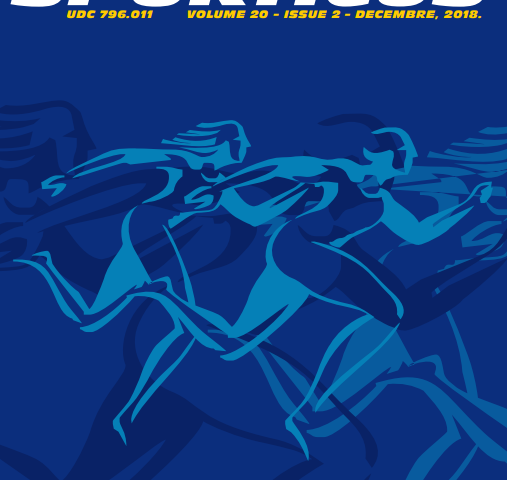Abstract
The aim of this research was to determine the effects of small-sided games and interval training on vertical jump, speed and change of direction speed in adolescent soccer in adolescent soccer players. A total of 60 young male soccer players (aged 14–18 years) were recruited. Players were assigned to small-sided group (SSG), or high intensity interval group (HIT) during the last 8 weeks of the season. Physical performance tests included a squat jump (SJ), countermovement jump (CMJ) countermovement jump with arm movement (CMJAM), 5-m, 10-m and 20-m sprints and illinois test. HIT was performed over 40-m shuttles, with 15s-15s, intermittent runs. And for the SSG programme a team size of 3 or 4 players was used on different pitch size. Both groups improved in the 5-m sprint (p ˂ 0.05).There was a significantly greater improvement in the 20-m sprint (p ˂ 0.05, large effect), Illinois (p ˂ 0.05, large effect), SJ (p ˂ 0.05,moderate effect), and CMJ (p ˂ 0.05, large effect) following the HIT training compared with the SSG. To conclude, during the last weeksof the season, HIT training improved or maintained fitness status in adolescent soccer players. On contrary, SSG training seems to only maintain or even decrease the physical performance in the end of the season among adolescent soccer players.
Key words: change of direction, power, sprint, team sport


